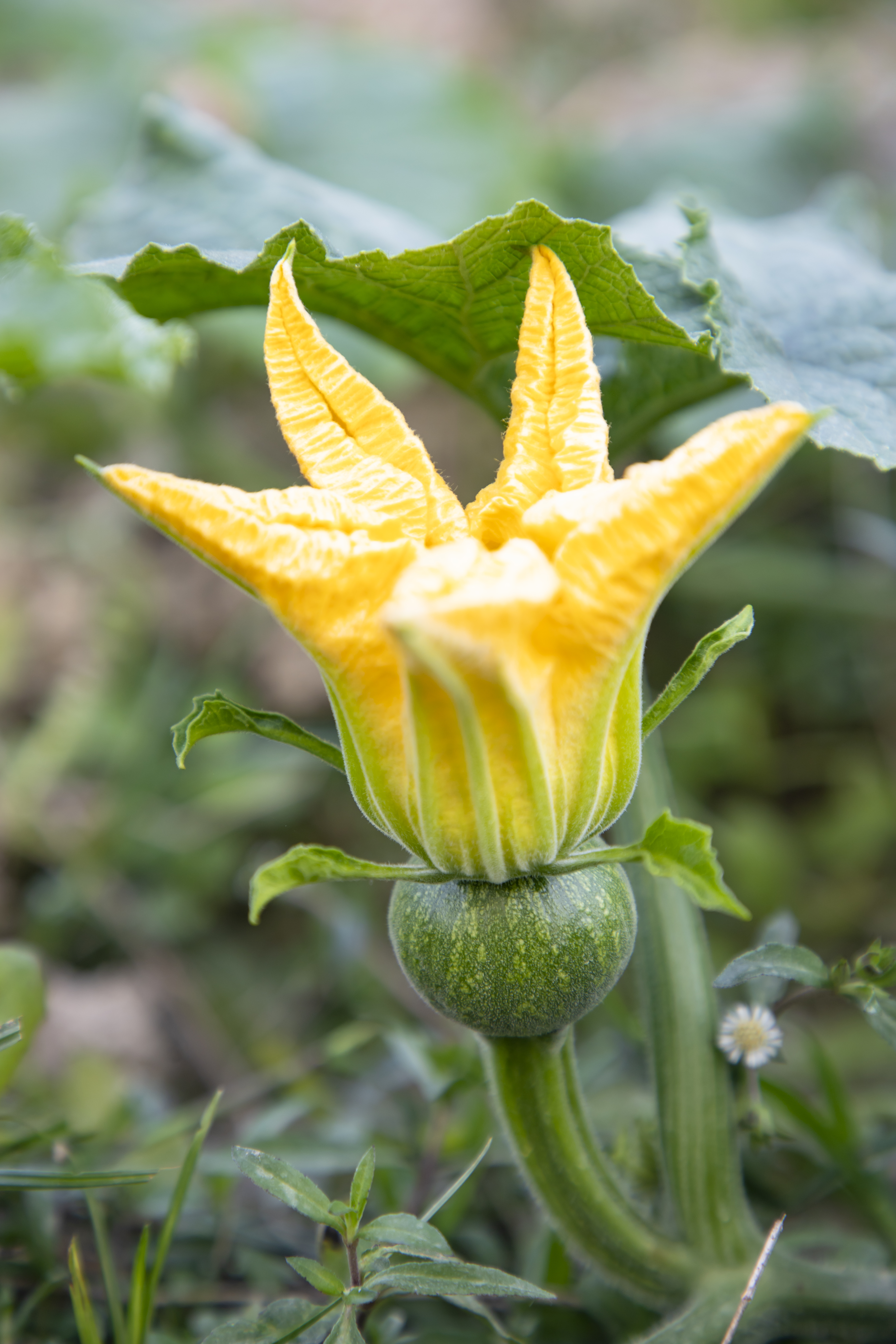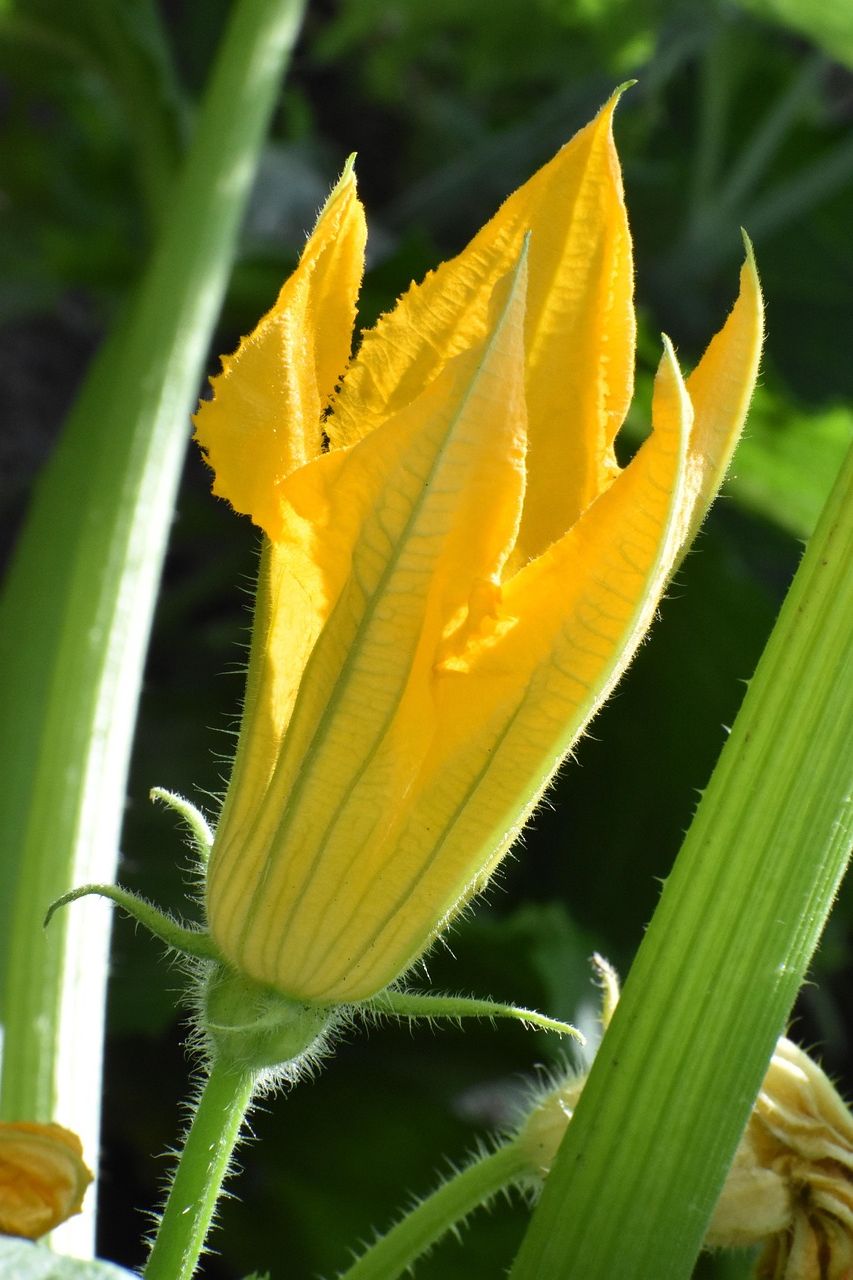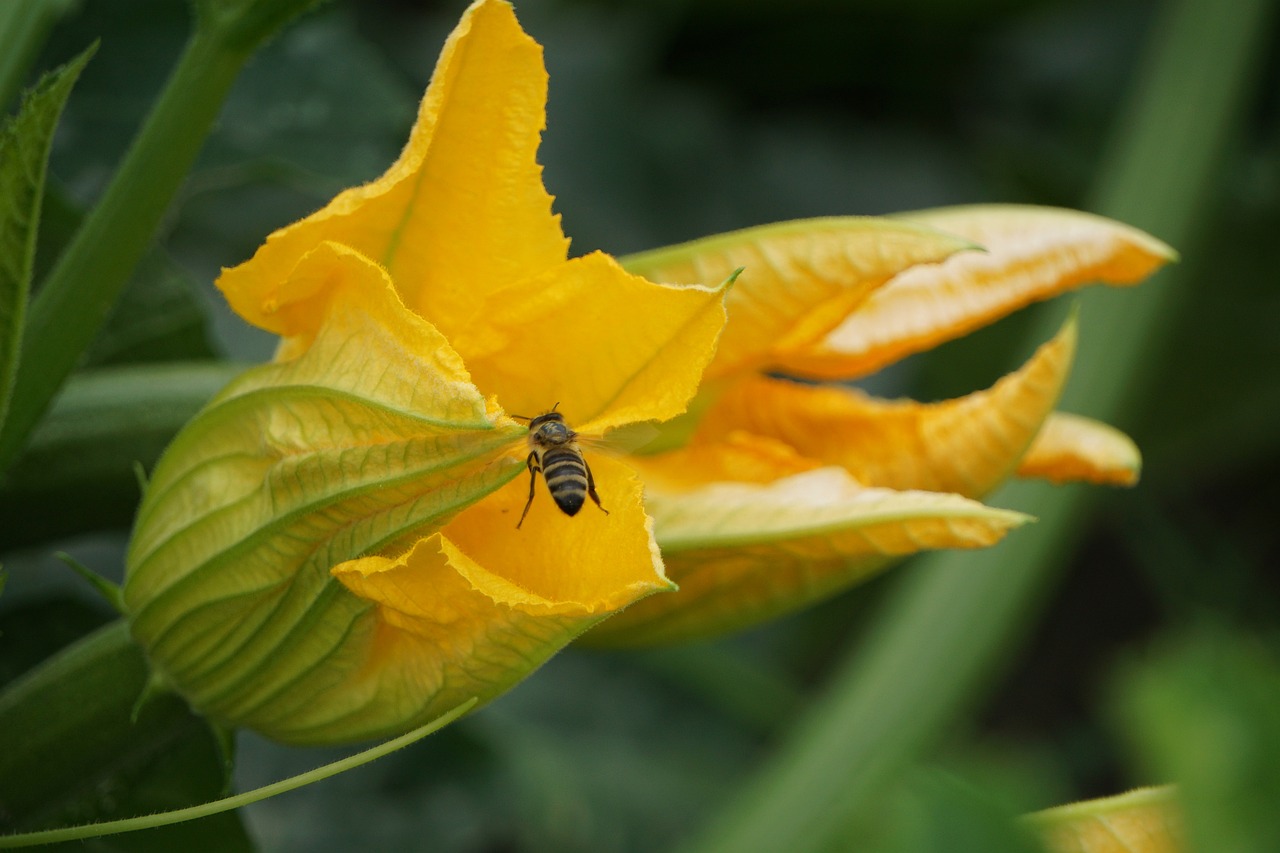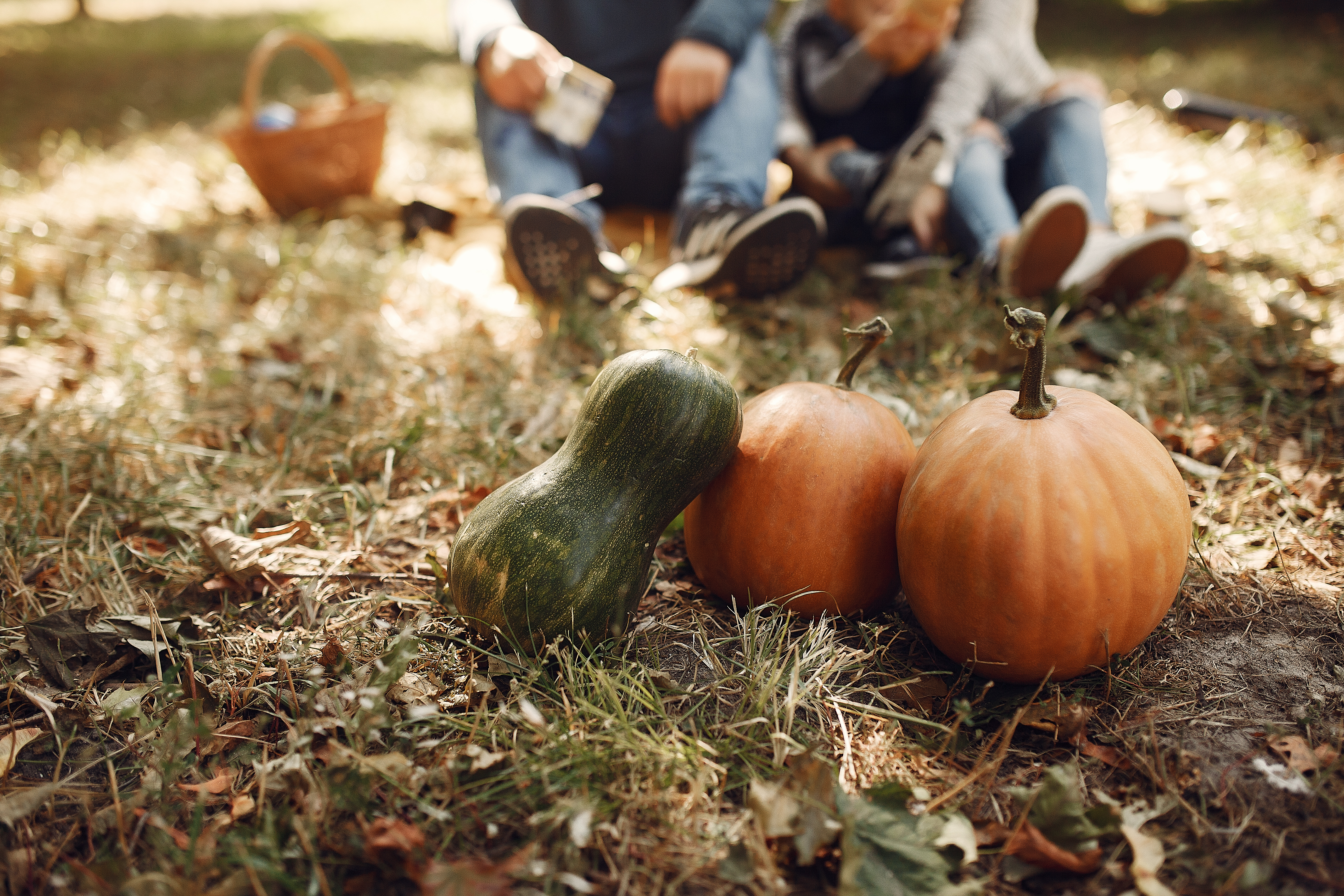Growing up with fairytales, I came to believe that love is everywhere. Sometimes, you just have to look a little closer to notice it. It doesn’t always look the way we expect. It can take different shapes and happen in places we’d never think to look. Even… in your veggie patch.
Let me explain.
As you prepare for a season of abundance, you’ve been nurturing your zucchini plants for weeks. The vines are sprawling, the leaves are lush, and then: boom, flowers! You wait. And wait. But the flowers come and go. They bloom, wither, and drop away. Still no baby zucchinis in sight. What. Is. Going. On?
Welcome to the surprisingly steamy world of cucurbit reproduction. With around 965 species, the cucurbit family (also known as the gourd family) includes some of the most popular garden crops: zucchinis, pumpkins, melons, cucumbers, and more. Plants, it turns out, have their own version of a love story. And understanding how that story unfolds can make all the difference. In this blog, we’ll explore how cucurbits flirt, attract, and (with a little help) produce fruit, so you can help your garden grow into a truly fruitful affair.
Meet the cucurbits
Cucurbits are what’s known as monoecious (Greek for ‘‘one house’’). Meaning both male and female flowers grow on the same plant. Technically self-sufficient, they still need help getting pollen from one flower to another. Like from a native squash bee or the occasional butterfly.
So, how do you tell who’s who in this shared floral household?
- Female flowers have a small, immature (baby) fruit at the base and a stigma, which receives pollen. Depending on the species, it may be divided into multiple lobes.
- Male flowers have a thin stem and a single, central stamen covered in pollen.


First to bloom: why male flowers appear early
If your zucchini plants are blooming but not fruiting, don’t panic. Those first flowers are likely male, and yes, they’re supposed to be early. Male flowers are like pollination scouts. They show up early to test the environment, check for pollinators, and throw a pre-party before the real stars (the female flowers) make their entrance. These early bloomers don’t grow fruit, but they do carry the pollen needed when the female flowers arrive. It’s nature’s way of being cautious.
After all, why invest in fruit if there’s no one around to help with the, ahem, fertilisation?
Most of the time, bees and other insects do the job just fine. But in modern gardens, especially in containers, urban settings, or during poor weather, they sometimes need a little help from us.
How to lend a human hand (literally)
If it seems like your cucurbits’ pollination department could use a little help, that’s where you come in. Enter a process called hand-pollination: manually transferring pollen from the male flower to the female flower, mimicking what bees and other pollinators naturally do. It’s a simple, hands-on way to give nature a gentle nudge and make sure fertilisation actually happens.
To hand-pollinate:
(The first time I tried this, I felt a bit awkward. You’ll understand why.)
- Pick a male flower and gently peel back its petals to expose the stamen.
- Gently rub it on the center of a female flower.
- Alternatively, use a paintbrush or cotton swab to transfer pollen.
That’s it! Best to do this in the morning, when flowers are fresh and receptive. It’s a simple act of floral matchmaking that can yield big results.
Embracing the weird romance of your garden
Who knew gardening could feel so intimate? The sex lives of your veggies may seem like a quirky curiosity but understanding them can be the difference between a fruitless season and a basket overflowing with zucchini, cucumbers, and pumpkins.
So, the next time you spot those bright yellow male flowers blooming early, give them a knowing wink. They’re just warming up for the main event.
Don’t give up! Encourage pollinators with flowering herbs, avoid insecticides, and hand-pollinate when needed. Also, ensure your plants are well-watered and fed, stress can affect flowering and fruit set.
And if your plants need a little help finding love, well: you’re officially qualified to play pollination cupid.
Happy matchmaking, gardener.

